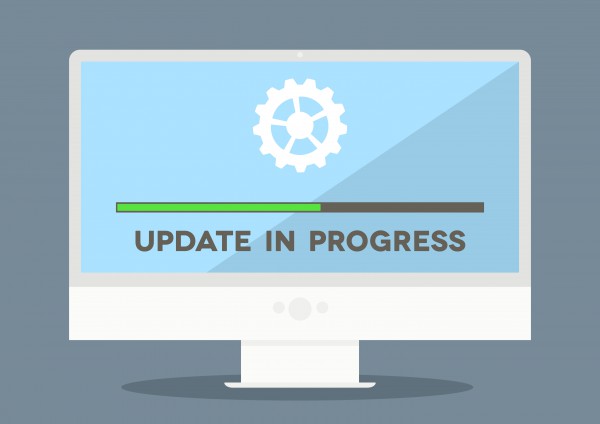Hi Team,
Can I please check if anyone has built a simple web interface for maintaining custom SQL lookup class.
We have a simple persistent class in HealthShare which is used for storing Pathology test codes. Test codes in this lookup class is used for message filtering and applying additional logic when processing pathology results/orders.

(1).png)


.png)